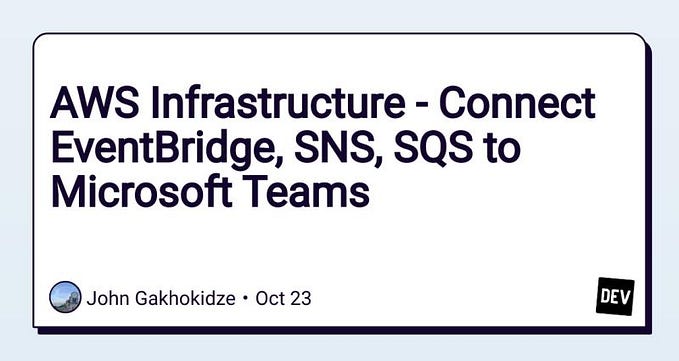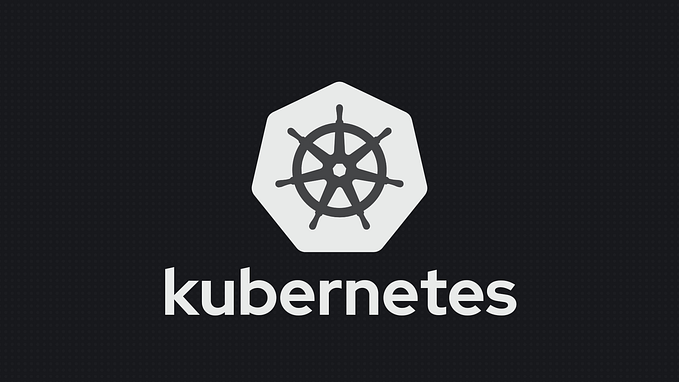AWS Fargate — Summary from re:Invent 2020 — and what it has to do with AWS Rekognition
Watching sessions from re:Invent 2020 leaves you almost no time on something else, but still you cannot just simply go away — same feeling, when you get to rare movies series and just sit and watch several Episodes at once.
Ok, so watching session “AWS Fargate: Are serverless containers right for you?”, I thought it would be nice to get quick summary to blog post. Old way of radio-era would be take a piece or paper and pen and write it down. I took a screenshots instead- cool, now I open it in image editor and just type what I see on the screen … Nice old school. But…
We have AWS Rekognition, so let us give it a try — I will show one example,the rest will be clear.
Note: Best results in AWS Rekognition are achieved, when working through console — not more than 8 rows. There is no such restriction, when calling it through Lambda.
- Screenshot:

- AWS Rekognition (Hitting 8–9 row limit in console)

Splitting to 2 pieces to recognize missed images

Back to mainstream: AWS Fargate — Summary from re:Invent 2020 — the rest is copy/paste :)
Launches this year
* Support for persistent with Amazon EFS storage
* Ephemeral storage increased to 20GB
* Ephemeral storage encrypted by default
* Network performance metrics surfaced by Container Insights
* Also available from task metadata
* Support for CAP_SYS_PTRACE
* Containerd replaced docker as the container runtime
* Usage metrics against service quotas (a.k.a. limits)
* Increased default concurrent task pod service quotas
* AWS Batch Jobs for Fargate (ECS) (New!)
Amazon EKS specifically
* Included in Compute Savings Plans
* Available in additional commercial regions
* NLB support with IP targets
* Logging support via Firelens (New!)
Not supported today
* Privileged containers
* Add/drop Linux capabilities other than CAP_SYS_PTRACE
* Amazon EBS support for persistent storage
* Windows Os
* ARM architecture
* GPUs
* For EKS, DaemonSets (no worker nodes after all)
Coming next
* Expand Fargate capabilities and enable new workloads
* Improve performance and scaling
* Open-source engagements (Firecracker, containerd, fluentbit)
* Partner integrations (security and observability)
* Delight customers across multiple orchestrators (ECS, EKS, etc.)
Summary:
- AWS is in line with Kubernetes -which also is going to drop docker support
- Savings plans are very attractive option, where you combine EC2 and Containers in plan
- More open source tools (Firecracker, containerd, fluentbit)
- Use AWS Rekognition for lazy blogging










